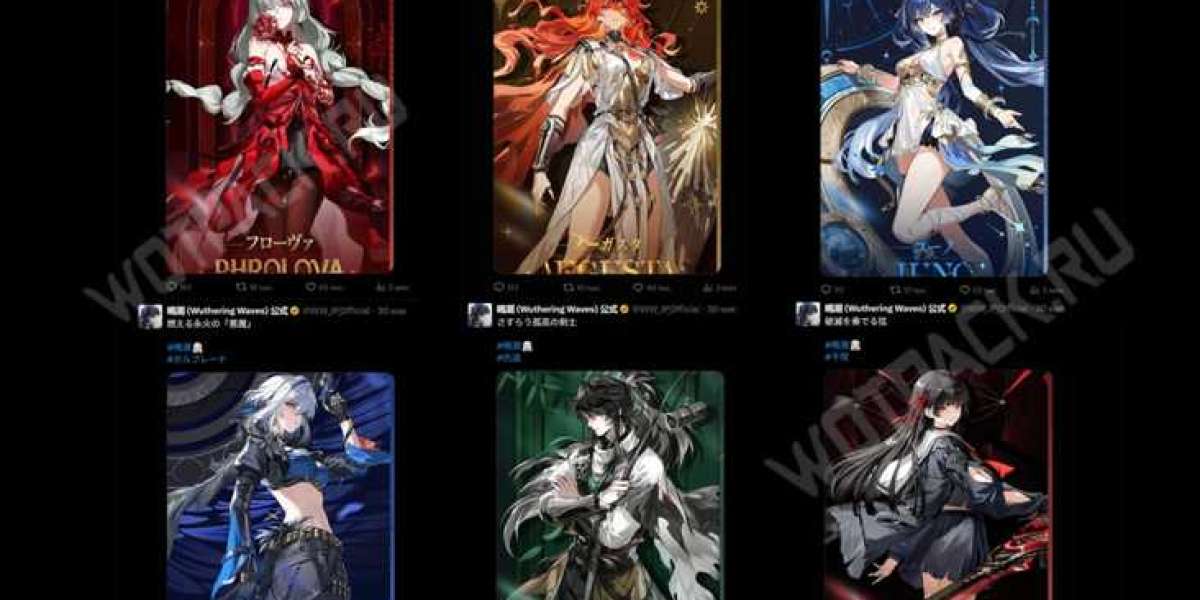Introduction
In today’s digital-first landscape, Social Media Marketing for FMCG brands has evolved from an optional tool to an essential business strategy. With intense competition, short product life cycles, and a highly aware audience, FMCG companies have turned to creative digital campaigns to engage consumers, boost loyalty, and drive sales.
This blog explores 10 successful social media campaigns launched by leading FMCG giants—analyzing what made them stand out, how they achieved virality, and the key takeaways for marketers, especially for brands like Adomantra looking to craft impactful campaigns.
Why Social Media Marketing Is Critical for FMCG Brands
Social media provides a cost-effective, real-time, and scalable platform to:
Launch new products
Create brand narratives
Engage customers directly
Drive conversations and trends
Get instant consumer feedback
From emotional storytelling to user-generated content (UGC), Social Media Marketing for FMCG taps into cultural moments and consumer behavior, delivering unprecedented results when done right.
1. Dove's Real Beauty Sketches Campaign
Brand: Dove (Unilever)
Platform: YouTube, Facebook
Objective: Promote body positivity and redefine beauty standards.
Execution:
Dove launched a campaign featuring a forensic artist drawing women based on their self-description and then again based on a stranger’s description. The difference was stark, showcasing how women often undervalue their beauty.
Impact:
Over 114 million views in one month
3.5 million shares
4.6 billion PR and media impressions
Why It Worked:
Emotional connection
Story-driven content
Strong alignment with brand values
Takeaway: Social storytelling that taps into emotion can transform brand perception.
2. Amul’s Topical Ads on Social Media
Brand: Amul
Platform: Facebook, Twitter, Instagram
Objective: Stay culturally relevant and drive engagement.
Execution:
Amul’s witty takes on current events—ranging from political developments to cricket—are published almost daily. The cartoon-based posts use humor and relevance to build an emotional brand association.
Impact:
1M+ organic reach per post
Consistent engagement over decades
User anticipation retention
Why It Worked:
High-frequency posting
Strong Indian cultural connection
Immediate relatability
Takeaway: Consistency + relevance = virality.
3. Surf Excel’s #DaagAccheHain Campaign
Brand: Surf Excel
Platform: YouTube, Instagram, Facebook
Objective: Reinforce the idea that stains are good if they’re part of a positive action.
Execution:
Their Holi-themed ad where a child sacrifices her own cleanliness to help a friend went viral. The campaign was amplified on social platforms via user sharing and emotion-led storytelling.
Impact:
40M+ views in the first month
Extensive shares and discussion on parenting forums
Why It Worked:
Cultural relevance (Holi)
Emotionally resonant message
Seamless product positioning
Takeaway: Marry culture with core brand values for high emotional impact.
4. Fevicol’s Meme Marketing on Instagram
Brand: Fevicol
Platform: Instagram, Facebook
Objective: Make a utilitarian product go viral.
Execution:
Fevicol’s clever meme-based content uses stickiness as a metaphor for relationships, politics, and pop culture. Minimal product placement, high humor value.
Impact:
Thousands of shares
High user engagement
Brand recall increased significantly among Gen Z
Why It Worked:
Share-worthy humor
Contextual relevance
Low-cost creative strategy
Takeaway: Even the most "boring" products can become internet darlings with the right humor.
5. Maggi’s Comeback Campaign
Brand: Maggi (Nestlé)
Platform: Facebook, YouTube, Twitter
Objective: Rebuild trust after a product ban.
Execution:
After a nationwide recall, Maggi turned to social media to tell its side of the story. #WeMissYouTooMaggi gained traction as fans shared emotional posts, recipes, and memories.
Impact:
6.5 million views in under a week
Restored consumer trust rapidly
Successful re-launch
Why It Worked:
Leveraged nostalgia
Open brand communication
Invited user participation
Takeaway: Crisis can become opportunity if tackled with transparency.
6. Lifebuoy’s #HelpAChildReach5
Brand: Lifebuoy
Platform: YouTube, Facebook
Objective: Raise awareness about handwashing and child mortality.
Execution:
Short films showing how simple handwashing could save millions of lives were launched. They partnered with influencers and NGOs to amplify the message.
Impact:
44M+ views
Real-world hygiene programs initiated
Long-term brand trust earned
Why It Worked:
Purpose-driven marketing
Data-backed storytelling
Real-world action linked to campaign
Takeaway: Purposeful content can elevate brand image significantly.
7. Coca-Cola’s #ShareACoke Campaign (India)
Brand: Coca-Cola
Platform: Facebook, Instagram, Twitter
Objective: Personalize the brand experience.
Execution:
Coke bottles were customized with names. Consumers were encouraged to find their names, share pictures, and gift bottles to friends on social media.
Impact:
150M+ impressions in India
1.2M photos shared with the hashtag
7% rise in sales in target segments
Why It Worked:
Personalization
UGC-driven campaign
Highly visual and interactive
Takeaway: Give consumers something to share and they’ll market for you.
8. Britannia’s #StartANewGoodHabit
Brand: Britannia
Platform: Instagram Reels, Facebook
Objective: Drive awareness around healthy snacking.
Execution:
Britannia’s health-focused biscuits were promoted via challenges that encouraged users to swap junk food for healthy alternatives, with influencer partnerships driving awareness.
Impact:
60M+ reach
100K+ challenge participants
Boost in digital product sales
Why It Worked:
Clear CTA
Influencer-led virality
Lifestyle-oriented message
Takeaway: When behavior meets brand, change happens.
9. Nivea’s #JustLikeMaa Campaign
Brand: Nivea India
Platform: YouTube, Instagram
Objective: Reinforce brand trust through emotional connection.
Execution:
A short film depicting motherly care and protection connected deeply with users. Mothers were invited to share their stories and experiences with Nivea.
Impact:
20M+ views
Thousands of organic story submissions
18% rise in female demographic sales
Why It Worked:
Highly emotional storytelling
Strong alignment with product (skincare, protection)
Community building
Takeaway: Authentic emotional triggers always win attention.
10. Colgate’s #SmileOutLoud Challenge
Brand: Colgate
Platform: TikTok, Instagram
Objective: Promote confidence and positivity.
Execution:
A TikTok challenge encouraging users to smile, show their teeth, and radiate joy while using Colgate created viral traction among Gen Z.
Impact:
120M+ views on TikTok
Participation from 50+ influencers
Surge in brand engagement metrics
Why It Worked:
Fun, easy-to-do challenge
Short-form video native to platform
Aligns with product promise
Takeaway: Gen Z marketing needs to be joyful, fast, and challenge-based.
Lessons for Brands Like Adomantra
These case studies highlight how effective Social Media Marketing for FMCG can transform customer relationships, restore brand image, and drive sales. For a digital agency like Adomantra, the takeaways are clear:
Emotion sells — campaigns that trigger nostalgia or empathy win.
Micro-moments matter — leverage festivals, trends, or real-time events.
UGC is powerful — users become marketers if given the chance.
Simplicity scales — even simple ideas can go viral with great execution.
Conclusion
FMCG brands operate in a hyper-competitive environment. But with the right mix of creativity, emotional resonance, and social listening, they can win hearts and shelf space. Social Media Marketing for FMCG is not just about visibility—it's about forging real connections with real people.
Whether it's a humorous meme, a tear-jerking short film, or a personalized Coke bottle, what matters is the story and how it resonates with your audience. Use these insights to fuel your next successful campaign—and don’t forget, execution with empathy always delivers.
FAQs: Social Media Marketing for FMCG
What is social media marketing for FMCG?
It’s the use of platforms like Instagram, Facebook, and YouTube to promote Fast-Moving Consumer Goods.Why is social media important for FMCG brands?
It helps drive brand recall, engage consumers, and generate real-time feedback.Which FMCG brand had the most viral campaign?
Dove’s “Real Beauty Sketches” is among the most successful global campaigns.How often should FMCG brands post on social media?
Ideally, 3–5 times a week to maintain visibility and engagement.What type of content works best?
Emotional storytelling, memes, user-generated content, and challenge-based videos.What platforms are best for FMCG marketing?
Instagram, Facebook, YouTube, and increasingly TikTok for Gen Z.Can meme marketing help FMCG brands?
Yes, it boosts shareability and engagement, especially among younger users.What are examples of emotional marketing in FMCG?
Surf Excel’s #DaagAccheHain and Nivea’s #JustLikeMaa.What is user-generated content (UGC)?
Content created and shared by customers that promotes a brand authentically.Are influencer collaborations useful?
Extremely. Influencers drive authenticity and expand reach.What is a good ROI for FMCG social campaigns?
Depends on goals, but high engagement and brand recall are key indicators.Can small FMCG brands compete on social media?
Yes, with creative content and niche targeting, even small brands can go viral.What is real-time marketing?
Creating content in response to current events or trends to stay relevant.Is video content important for FMCG brands?
Absolutely. It’s engaging, versatile, and suitable for storytelling.How can Adomantra help FMCG brands?
By creating data-driven, creative, and platform-specific campaigns that resonate with consumers.













